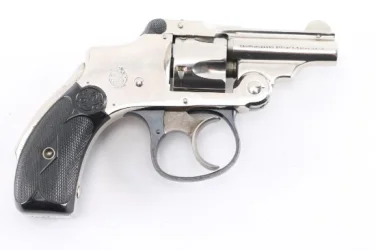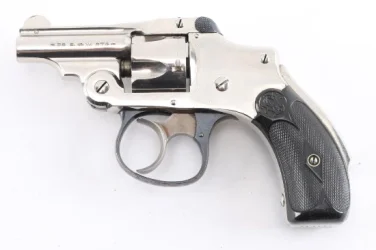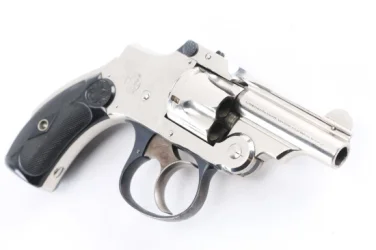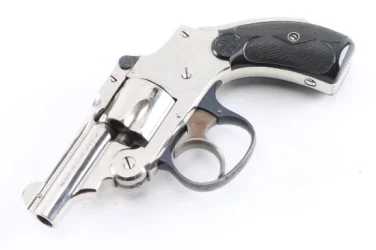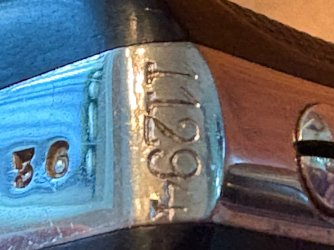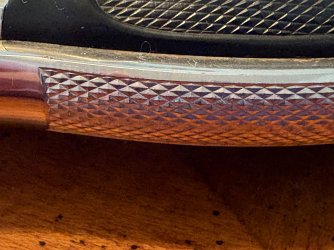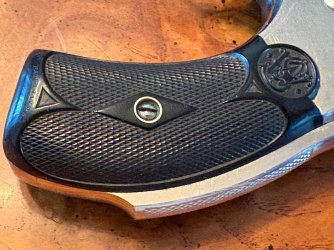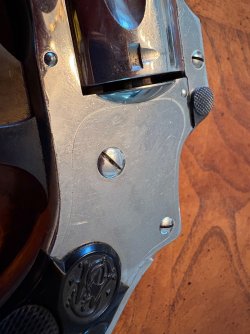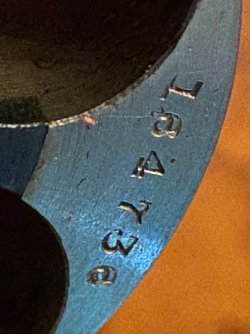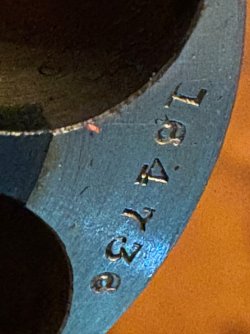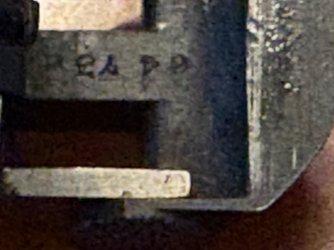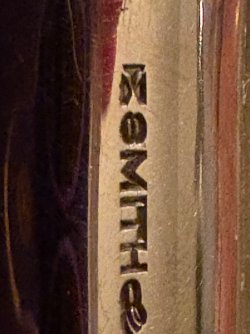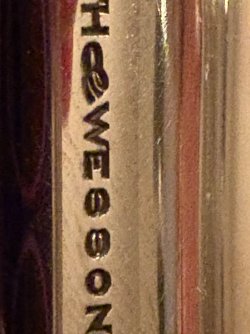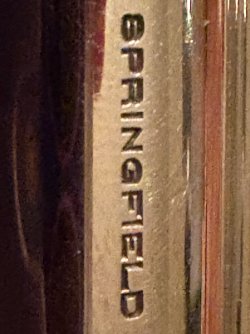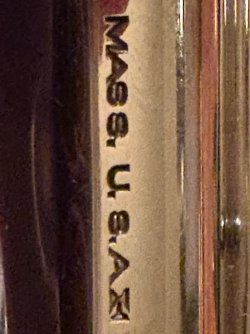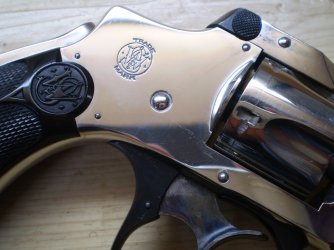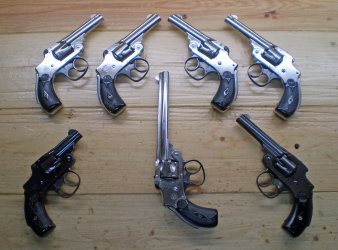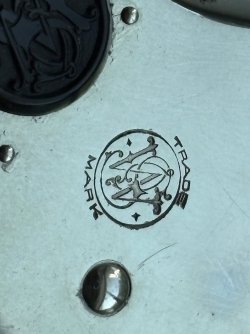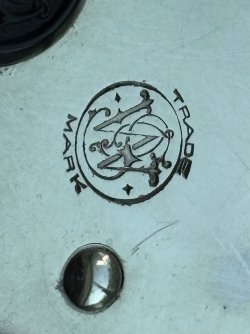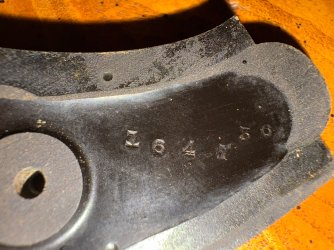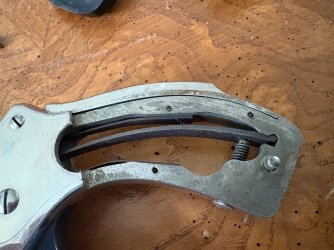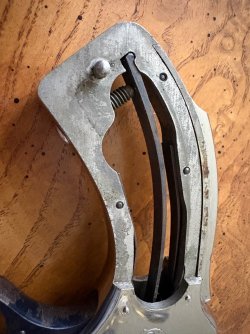Best to start a new thread from this original one.
This came from out of purgatory today. It sure doesn’t look refinished to me.
1. All blued and case coloured components, as original, remain as such.
2. All stampings crisp (barrel markings, logo, serial number, witness mark). Any “softness” is an optical illusion from the difficulty of photographing nickel and from incandescent light bulbs.
3. Grips not worn in contrast to condition of revolver, suggesting a refinish is less likely.
4. Rack number is the only wild card, but its numbers appear fairly crisp and not buffed.
5. All edges sharp, no evidence of buffing.
6. Side plate shows no evidence of buffed edges.
7. Serrated points to “lemon squeezer” component of revolver all pointed and not softened from buffing nor from nickel in crevasses.
Thoughts? Agree or disagree? And, then, how was the rack number handles with regards to finish after stamping?
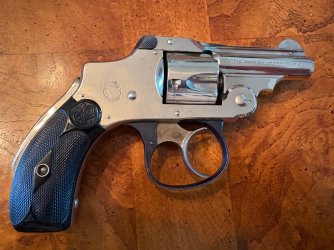

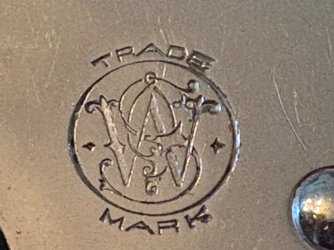


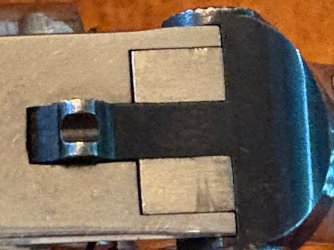
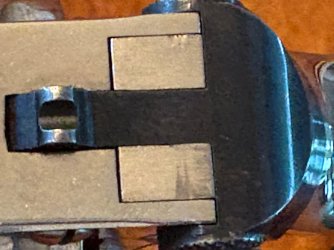
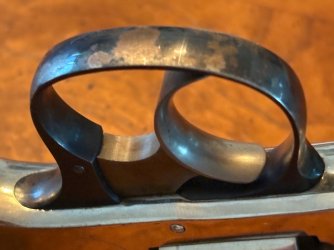
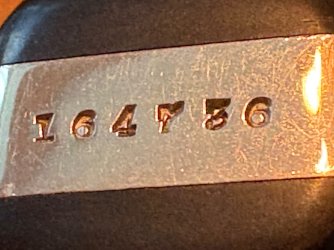

- mrcvs
- Replies: 41
- Forum: S&W Antiques
This came from out of purgatory today. It sure doesn’t look refinished to me.
1. All blued and case coloured components, as original, remain as such.
2. All stampings crisp (barrel markings, logo, serial number, witness mark). Any “softness” is an optical illusion from the difficulty of photographing nickel and from incandescent light bulbs.
3. Grips not worn in contrast to condition of revolver, suggesting a refinish is less likely.
4. Rack number is the only wild card, but its numbers appear fairly crisp and not buffed.
5. All edges sharp, no evidence of buffing.
6. Side plate shows no evidence of buffed edges.
7. Serrated points to “lemon squeezer” component of revolver all pointed and not softened from buffing nor from nickel in crevasses.
Thoughts? Agree or disagree? And, then, how was the rack number handles with regards to finish after stamping?











